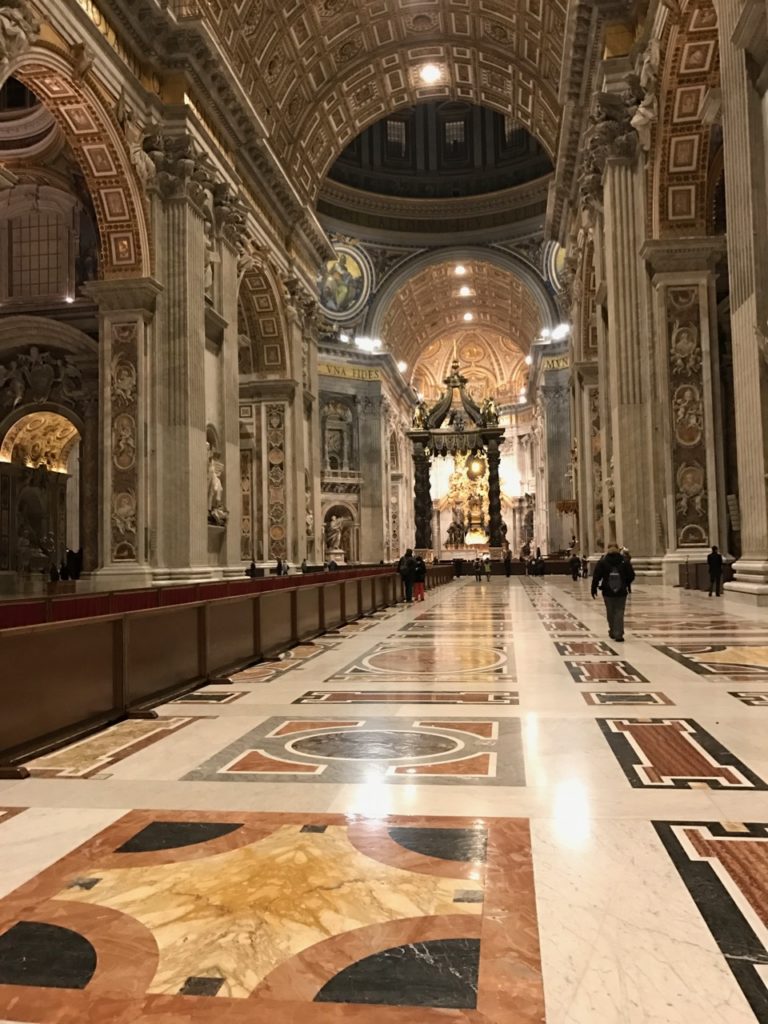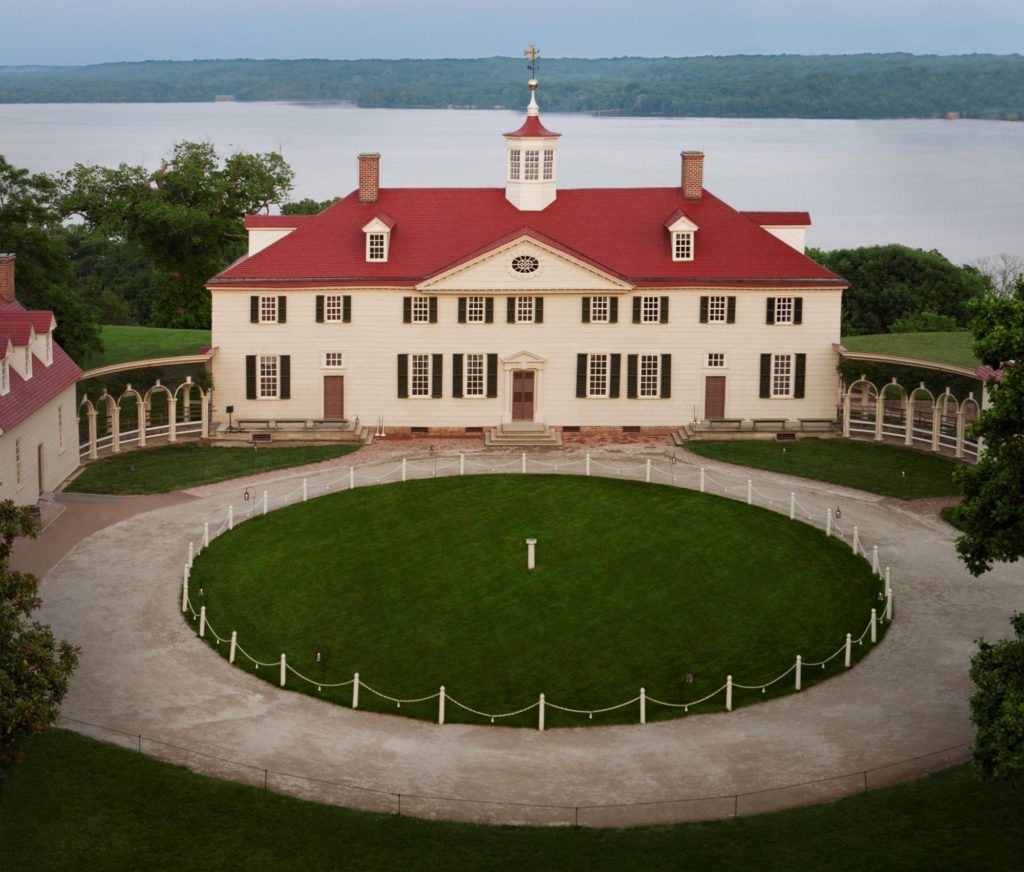The earliest discoveries of terrazzo can be traced back as far as Ancient Egypt, but terrazzo as we know it today, is credited to the Venetians of 15th-century Italy. Terrazzo itself means “terrace” in Italian, and considered to be the first sustainable flooring system. Throughout history, we can find examples of terrazzo from all over the world.
Here are a few of the most notable historical buildings with terrazzo:
1. St. Peter’s Basilica

Located in Vatican City, St. Peter’s Basilica attracts millions of tourists every year. One of the largest churches in existence, this historical building is a staple from the Renaissance and Baroque art periods. This famous basilica lived through quite a design process – undergoing construction between 1506 and 1667. Terrazzo came into the picture in 1546, after Paul III hired the chief architect, the one and only Michelangelo. The renowned painter and sculptor designed the majestically patterned floors with terrazzo. Although parts of St. Peter’s Basilica require regular repair and maintenance, the terrazzo floors remain a reliable piece to the architecture.
2. George Washington’s Home

One of the first sightings of terrazzo in the United States can be found in George Washington’s Mt. Vernon home, dating back to the late 18th century. What began as a small farmhouse built by George Washington’s father, Augustine, was later enlarged into a 21-room mansion by America’s first president. George Washington led the project himself, carefully picking out each feature to his Mt. Vernon residence. A beautiful homage to colonial architecture, the first president utilized terrazzo for his flooring of choice.
3. The Vanderbilt Residence

The Vanderbilt family is one of the most prominent and wealthy families in American history. Their success stems from Cornelius Vanderbilt’s creation of a railroad and shipping empire; however, they have expanded to other industries over time. Cornelius Vanderbilt’s descendants are famously known for building ten grand mansions across Fifth Avenue in New York City. In 1890, Italian immigrants installed the terrazzo floors located in the Vanderbilt Residence. Known as the “terrazeri,” these builders were highly-regarded artists in the labor force. Unfortunately, the majority of these mansions were torn down or made into museums.
When it comes to terrazzo, history is always repeating itself. With its limitless colors, unique designs, and lasting sustainability – it’s no wonder terrazzo has come such a long way.
